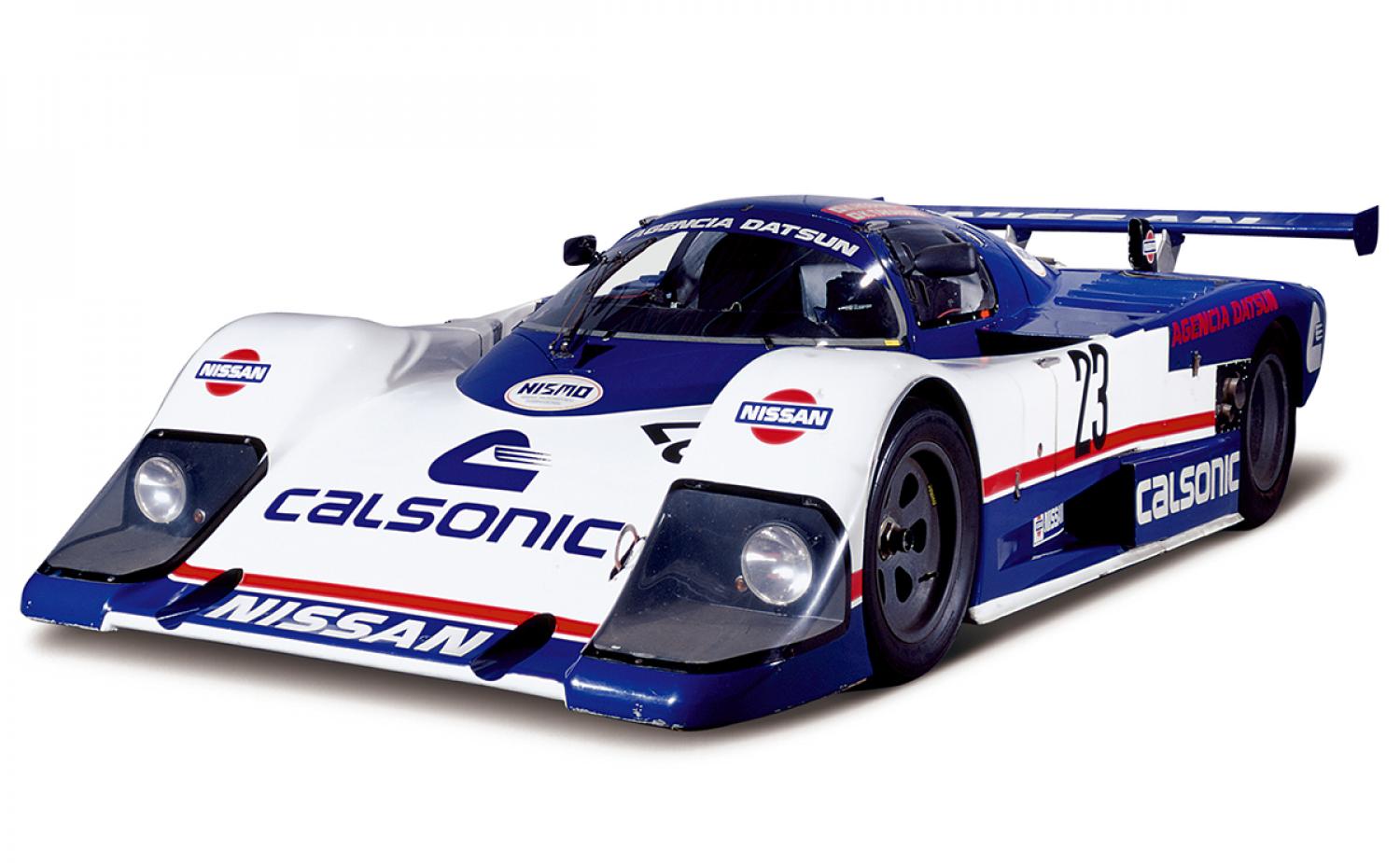
Photo : Nissan
Back in 1986, in the battlefield with Porsche, Jaguar, Toyota, Cougar and Sauber, Nissan used an existing base for its Group C prototype. The engineers at what was then the world’s third biggest car manufacturer combined their mechanical power, a 3-litre twin-turbo V6 engine, with a March 85G chassis.
For its first outing at Le Mans, the Japanese manufacturer entered two different models and a largely home-grown driver line-up. So Kazuyoshi Hoshino, Keiji Matsumoto and Aguri Suzuki shared the R86V n°23 while James Weaver, Masahiro Hasemi and Takao Wada took the wheel of the R85V n°32. The practice session lap times reflected the very pragmatic approach of the Japanese to any new project.
The Nissan Motorsport teams qualified in 24th (n°23) and 33rd (n°32) place on the starting grid, some distance from the main Group C1 contenders but armed with a wealth of data to be compiled and analysed. Despite the impressive punch of the valiant V6 Turbo, a reputed 1,000 horsepower, it was a timid beginning.
Throughout the race, the learning curve was in direct proportion to the scope of the challenge taken up by the Yokohoma manufacturer. Despite its superior design, the R86V was less successful in the Le Mans 24 Hours than the second car: the Hoshino/Matsumoto/Suzuki trio was forced to withdraw after five hours due to a faulty camshaft while Weaver, Hasemi and Wada sailed to the finish with the classic R85V. They came 16th overall, just a hundred laps behind the winner, a Porsche 962C.
Pierre-Yves Riom / ACO - Translated by Emma Paulay


